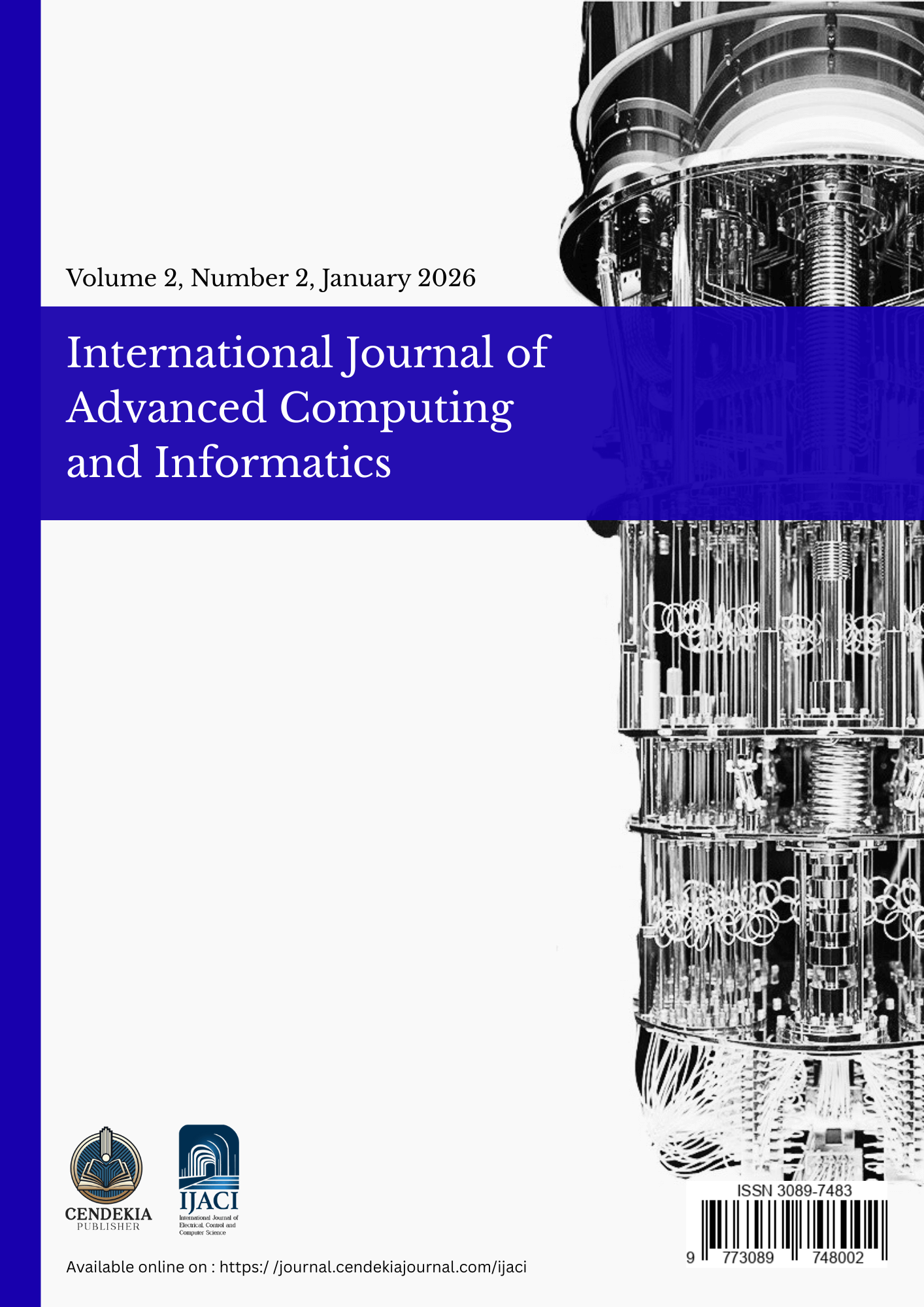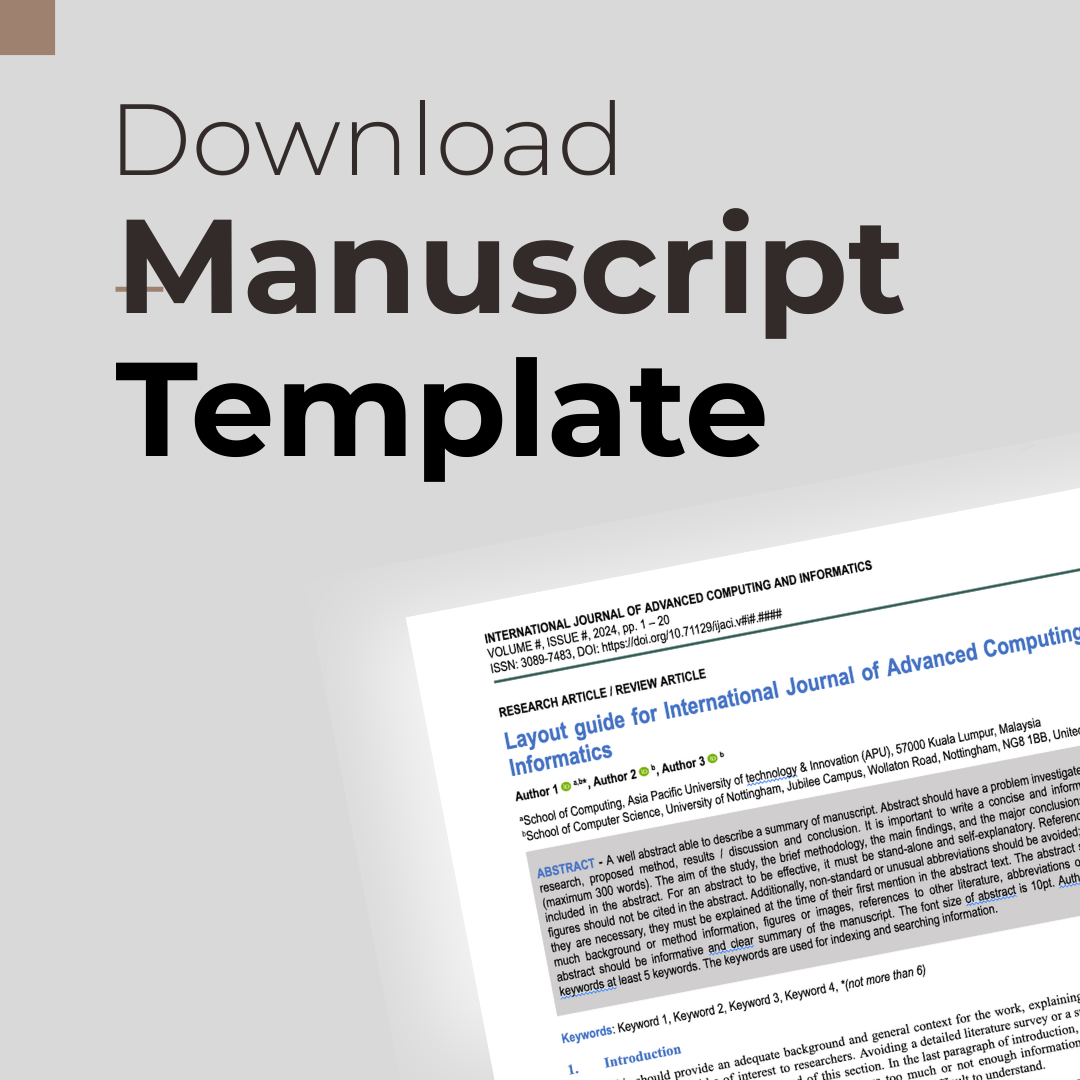A Comprehensive Review of ConvNeXt Architecture in Image Classification: Performance, Applications, and Prospects
DOI:
https://doi.org/10.71129/ijaci.v2i2.pp108-114Keywords:
ConvNext Classification, Image, Computer Vision, Systematically AnalyzesAbstract
The convergence of ConvNeXt architecture and classification tasks highlights an auspicious direction in modern computer vision. This review systematically analyzes how ConvNeXt transforms these challenges by examining its implementation from 2020 to 2025. This paper investigates four primary domains where ConvNeXt has demonstrated remarkable potential: medical imaging and diagnosis, general computer vision, fine-level image classification, and defect inspection. Analysis reveals significant performance improvements resulting from these ConvNeXt applications: Data augmentation methods consistently improve Bleu-1 detection metrics and F1-score on scarce datasets. SE (Squeeze-and-Excitation), CA (Channel Attention), and CBAM (Convolutional Block Attention Module) in the ConvNeXt model result in improved performance. ConvNeXt has produced outstanding performance, achieving 99.5% accuracy in medical imaging and brain tumor diagnosis classification. Collectively, these findings demonstrate how ConvNeXt, integrated with modern classification capabilities, continues to advance rapidly. Despite this progress, the ongoing challenge of training stability remains. By critically analyzing these advances and limitations, this paper provides important insights into the current state and potential future development of ConvNext-based classification systems.
Downloads
Published
Abstract
-
37 views
PDF Download
- 22 times
Issue
Section
License
Copyright (c) 2026 wanda ilham, Abubakar Ahmad (Author)

This work is licensed under a Creative Commons Attribution 4.0 International License.







